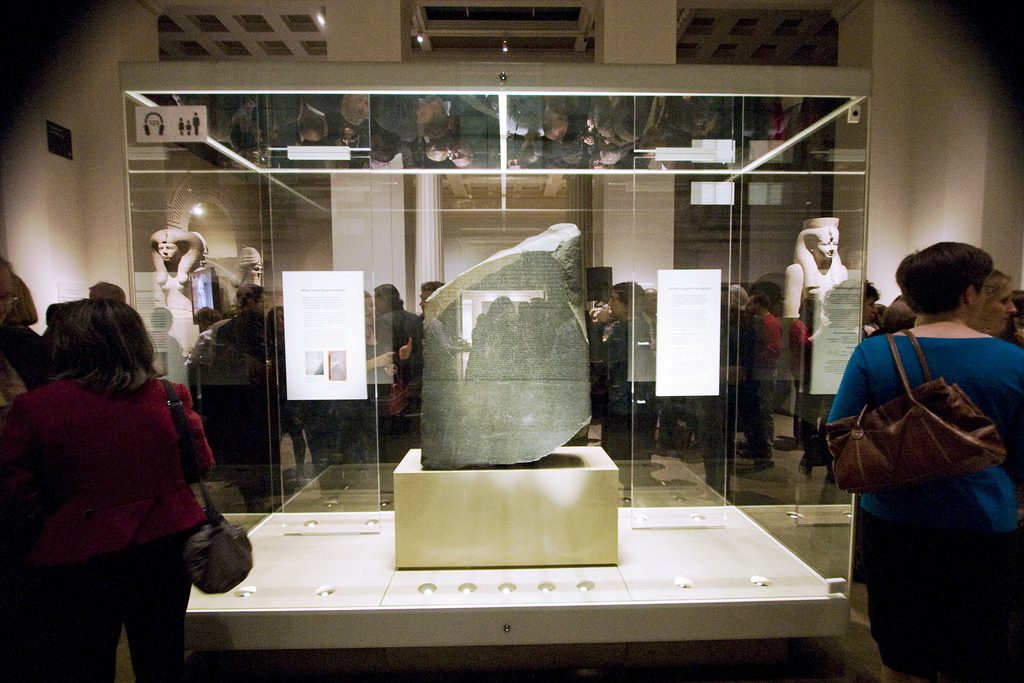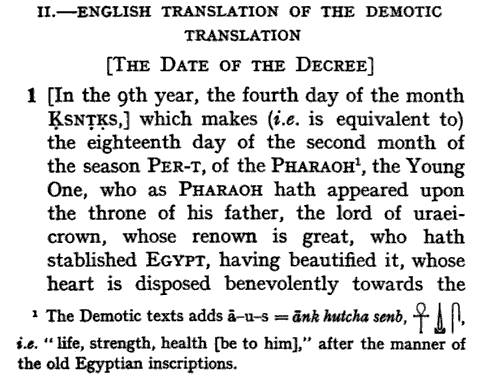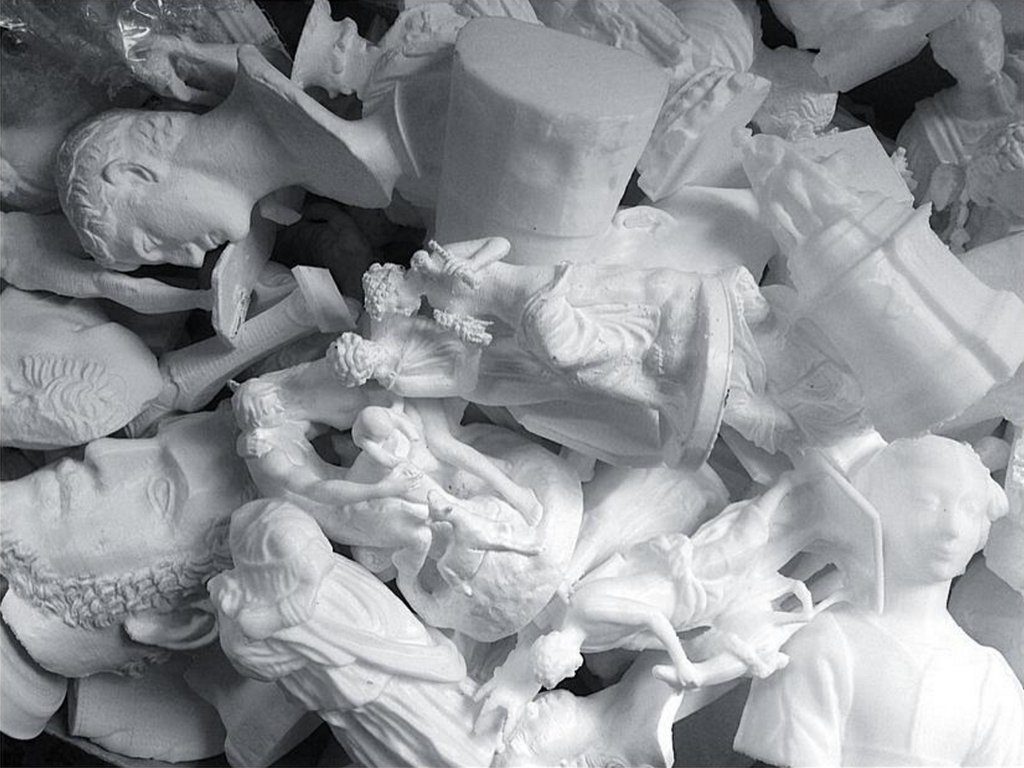In July 2017, the British Museum in London published a 3D model of the famed Rosetta Stone on Sketchfab. From there it was picked up by a number of sites claiming it to be “first 3D scan of the Rosetta Stone online.”
But, as the 3D printing community knows, that is not the case.
A scanned, 3D printable model of the 2,213 year old artifact has been available on Scan the World since 2015.
It was created during a scanathon by Scan the World founder Jonathan Beck. Together with an online community of scanners and designers Beck has, to date, accrued a digital collection of over 3,000 objects of cultural significance from all around the globe.

The jewel in the crown
In 1799 the Rosetta Stone was rediscovered in Egypt by a French soldier named Pierre-François Bouchard. When the Napoleonic Campaign was quashed in 1801, the stone came into British possession.
Since 1802 it has been on almost constant display in the British Museum becoming the site’s most visited exhibit to date.

The riddle of the Sphinx
The inscription on the face of the stone is a decree written in hieroglyphics, Ancient Egyptian Demotic script, and Ancient Greek. At the time of discovery, the multiple languages caused a stir amongst academics as it presented the missing link needed to decode pictorial script for the first time.

By translating the Ancient Greek text, Jean-François Champollion is credited has cracking the “riddle of the Sphinx” for the first time, revealing a decree that establishes the divine cult of King Ptolemy V in 196 BC.
Equipped with these fragments of the language, scholars were able to crack open many more mysteries of Ancient Egypt, giving us an insight into how people lived over two-thousand years ago.

A world museum
Today, the Rosetta Stone remains an object of further study and fascination.
By making this artifact digital, the British Museum and Scan the World are allowing virtually anyone to have access to a key piece of world history through a computer.

With the help of Jonathan Beck and his team, many other museums, galleries and private collectors are following suit, allowing their collections to reach much further than one specific place and location.
As issued in a declaration by the International Group of Organizers of Large-scale Exhibitions, which includes the British Museum, the Met in New York and 28 others, “museums serve not just the citizens of one nation but the people of every nation”.
To stay up to date with the latest stories about 3D printing’s role in the preservation of artifacts and other related news sign up to the most widely read newsletter in the industry, follow us on Twitter and like us on Facebook.
3D Printing Industry is launching a new service, 3D Printing Jobs. You can register here.
Featured image: A legible 3D printed model of the Rosetta Stone. Photo via Scan the World.


